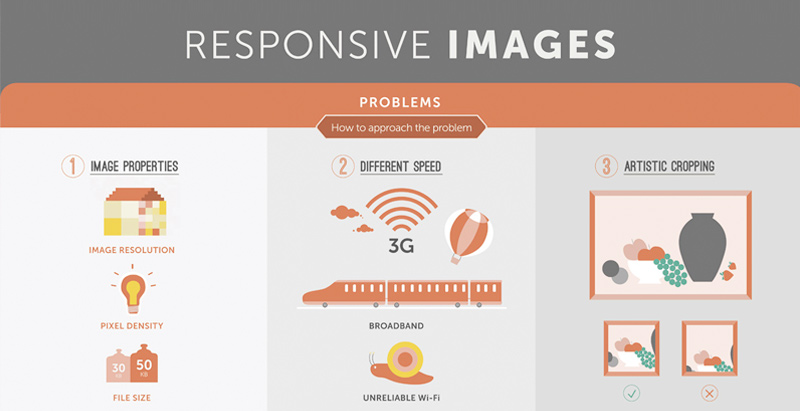The Growth Of Web Design: Then And Now
The Growth Of Web Design: Then And Now
Blog Article
Authored By-Tobiasen Trolle
In the past, websites were simple and concentrated on info. Navigating was direct, and layout was for desktops. Now, individual experience is crucial. Information guides designs for very easy navigation. Responsive designs fit different devices. Today, dark setting decreases strain, and minimal menus enhance navigating. Interactive attributes involve individuals, and bold visuals attract attention. AI integration increases involvement. See just how design has progressed to boost your on-line trip.
Very Early Days of Website Design
In the early days of web design, simplicity preponderated. Internet sites were fundamental, with minimal shades, typefaces, and layouts. The focus got on providing details instead of flashy visuals. Individuals accessed the web via slow-moving dial-up links, so speed and performance were vital.
Navigation menus were straightforward, normally located at the top or side of the page. Websites were developed for desktop computers, as mobile browsing had not been yet prevalent. Web content was king, and designers focused on simple readability over complicated layout aspects.
HTML was the key coding language made use of, and designers needed to work within its constraints. Computer animations and interactive features were marginal contrasted to today's criteria. Websites were fixed, with little dynamic content or customized individual experiences.
Surge of User-Focused Layout
With the advancement of internet site layout, a shift in the direction of user-focused style principles has become increasingly popular. Today, creating internet sites that prioritize individual experience is critical for engaging visitors and accomplishing service goals. User-focused layout entails understanding the needs, choices, and actions of your target market to tailor the website's layout, web content, and includes appropriately.
Developers now perform comprehensive study, such as individual surveys and functionality testing, to collect understandings and responses directly from customers. This data-driven strategy aids in producing user-friendly navigation, clear calls-to-action, and aesthetically attractive user interfaces that reverberate with visitors. By placing the individual at the center of the layout procedure, sites can provide an extra individualized and enjoyable experience.
Responsive style has actually also become a vital element of user-focused style, guaranteeing that sites are optimized for numerous devices and display sizes. This versatility enhances availability and usability, dealing with the diverse methods individuals engage with websites today. In essence, the surge of user-focused layout indicates a change in the direction of creating digital experiences that prioritize the requirements and expectations of completion user.
Modern Trends in Web Design
Discover the current patterns forming web design today. One famous trend is dark mode layout, providing a streamlined and modern look while decreasing eye pressure in low-light settings. https://www.inc.com/young-entrepreneur-council/how-to-do-digital-marketing-for-real-estate.html is minimalist navigating, streamlining menus and boosting individual experience by focusing on essential elements. Including micro-interactions, such as computer animated switches or scrolling effects, can create an extra interesting and interactive website. Receptive design remains essential, ensuring seamless individual experiences across various gadgets. In addition, using strong typography and unbalanced formats can add visual interest and draw attention to details content.
Integrating AI innovation, like chatbots for customer support or personalized referrals, enhances user involvement and improves procedures. Ease of access has also end up being a significant pattern, with developers focusing on comprehensive style practices to satisfy varied customer needs. Embracing sustainability by optimizing web site efficiency for rate and effectiveness is another emerging fad in web design. Working together with user comments and information analytics to iterate and enhance design continuously is vital for remaining pertinent in the ever-evolving digital landscape. By accepting these modern-day trends, you can create a visually enticing, user-friendly web site that reverberates with your target market.
Verdict
As you reflect on the development of internet site style from the very early days to currently, you can see just how user-focused style has come to be the driving force behind contemporary patterns.
Embrace the trip of change and adjustment in web design, always maintaining the individual experience at the forefront.
Tippingpointdigital
Stay current with the latest fads and innovations, and never ever stop developing your technique to create aesthetically sensational and easy to use internet sites.
Develop, adjust, and create - the future of web design remains in your hands.
